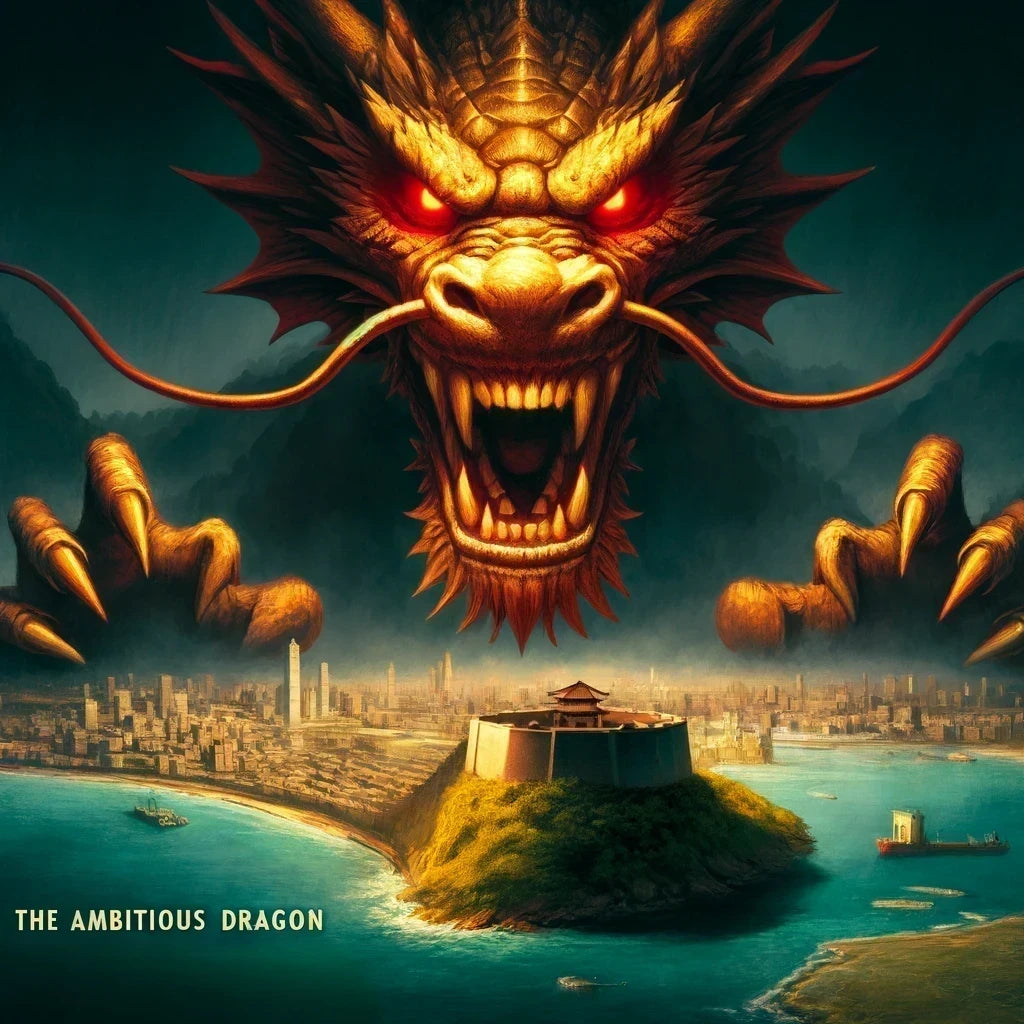A Summarization of "The Ambitious Dragon: Beijing’s Calculus for Invading Taiwan by 2030" by MAJ Kyle Amonson and CPT Dane Egli
read the original publication here
Publication: Journal of Indo-Pacific Affairs, March-April 2023
Introduction:
In recent years, the geopolitical landscape in the Indo-Pacific region has been marked by rising tensions and strategic maneuvering, particularly concerning Taiwan. A recent analysis by MAJ Kyle Amonson and CAPT Dane Egli in the Journal of Indo-Pacific Affairs sheds light on China's potential plans to forcefully annex Taiwan by 2030. This comprehensive examination delves into the motivations of Chinese President Xi Jinping, the modernization of the People’s Liberation Army (PLA), and the demographic and political timelines that frame this critical issue. As international observers grapple with the implications of these findings, it becomes crucial to understand the dynamics at play and the potential responses from the global community. In this blog post, we explore the key points from "The Ambitious Dragon: Beijing’s Calculus for Invading Taiwan by 2030," offering insights into China's strategic ambitions and the broader implications for regional and global security.
Key Points:
-
Strategic Window by 2030:
- President Xi Jinping of China has a strategic window by 2030 to forcefully annex Taiwan if peaceful unification is not achieved.
- Xi's ambitions are driven by his "cult of personality" and his desire to solidify his legacy.
-
Modernization of the PLA:
- The People’s Liberation Army (PLA) is undergoing defense modernization to be prepared for potential military action by 2027.
- Military readiness and new capabilities are crucial for a swift and effective annexation.
-
Demographics and Political Timelines:
- China’s aging population and internal demographic changes create a narrowing window of opportunity.
- Xi's leadership and life expectancy also frame the urgency to act within this decade.
-
Geopolitical Context:
- Taiwan has a complex set of international relationships and is not widely recognized as a sovereign state.
- The geopolitical dynamics are influenced by comparisons to Ukraine’s situation and China’s broader strategic ambitions.
-
Historical Precedents:
- China’s actions and rhetoric are consistent with its historical claims and the pattern of military assertiveness in the region.
-
International Response:
- There is skepticism about the international community's willingness and ability to effectively respond to a Chinese invasion.
- The authors draw parallels to the international response to China’s actions in Xinjiang and Hong Kong, suggesting limited repercussions for Beijing.
-
Military Exercises and Preparedness:
- The PLA has increased military exercises and incursions into Taiwan’s air defense zone, indicating preparation for potential conflict.
-
Economic and Diplomatic Impacts:
- Taiwan’s significance in semiconductor production and global trade routes underscores the broader economic implications of a conflict.
- An invasion could lead to severe regional and global instability, impacting international alliances and economic dependencies.
-
Xi’s Personal and Political Goals:
- Annexing Taiwan would be a significant achievement for Xi, enhancing his standing and securing his place in Chinese history.
- The move aligns with Xi’s broader goals of national rejuvenation and global leadership by 2049.
-
Recommendations for Response:
- The international community must understand and counter China’s strategic ambitions with active defense and deterrence.
- Diplomatic, military, and economic measures should be considered to uphold the global rules-based order and support Taiwan.
Conclusion: The authors argue that President Xi Jinping has a strategic and personal motivation to annex Taiwan by 2030. The modernization of the PLA, coupled with China’s demographic and political timelines, presents a narrowing window of opportunity. The international community’s response to China’s ambitions remains uncertain, highlighting the need for vigilance and preparedness to counter potential aggression.

